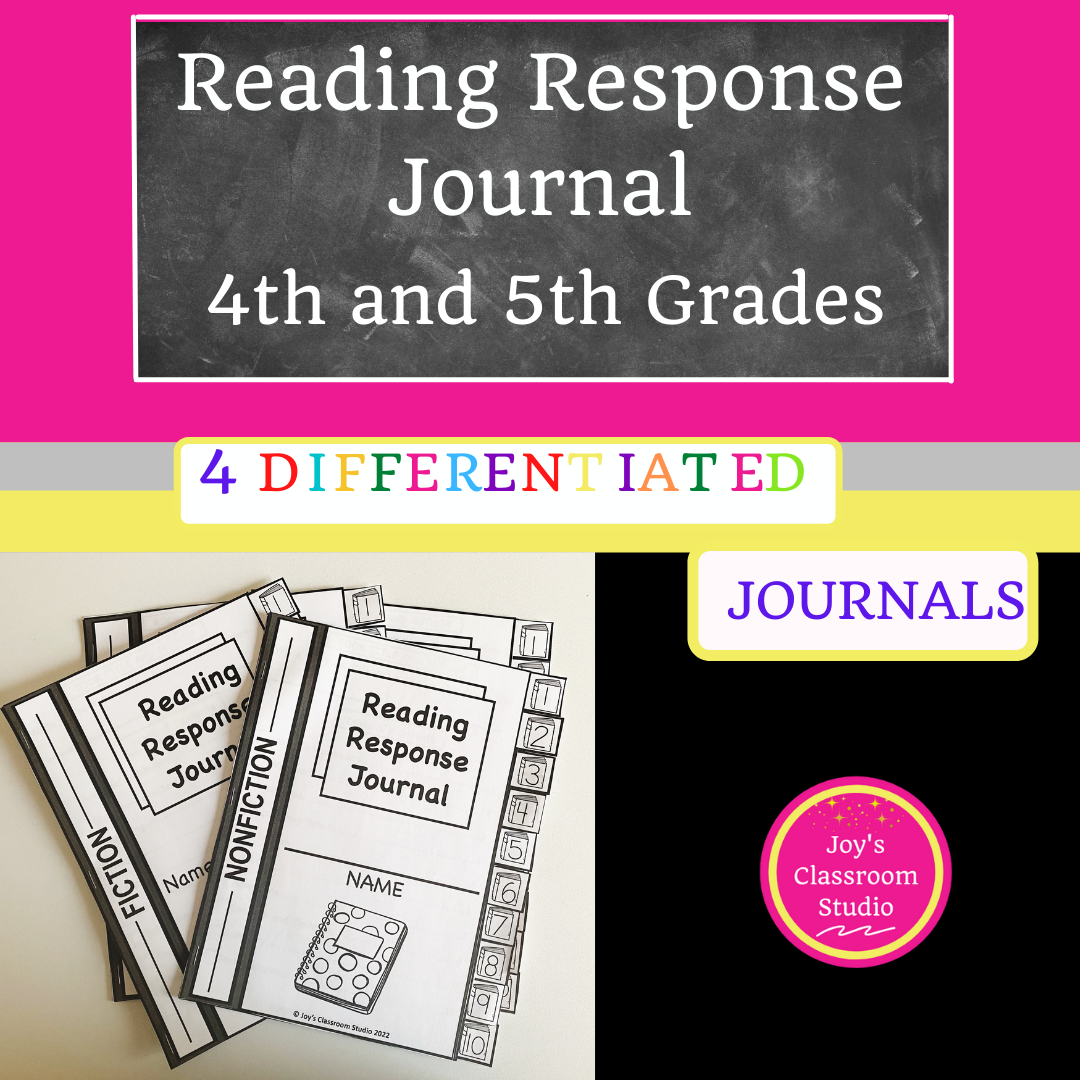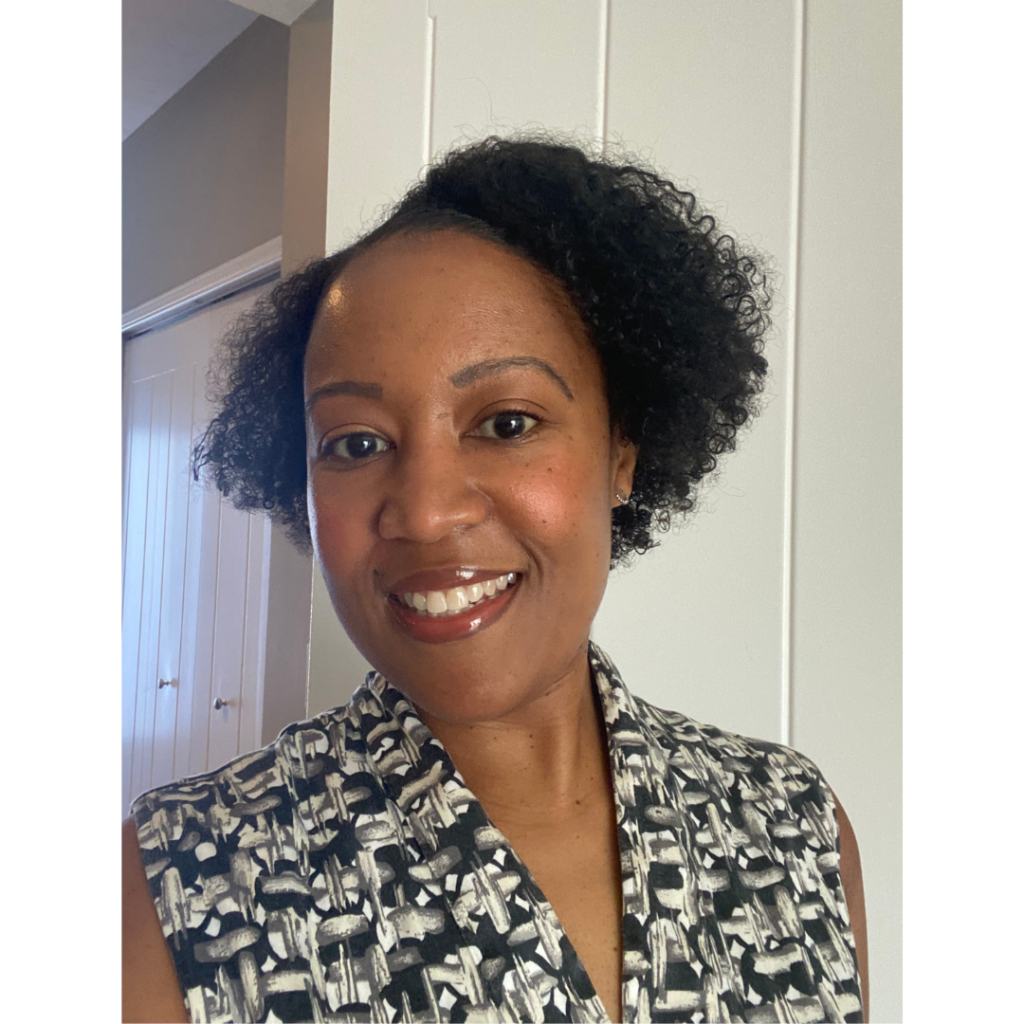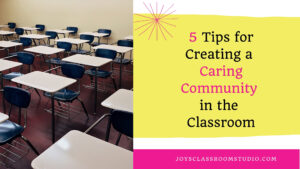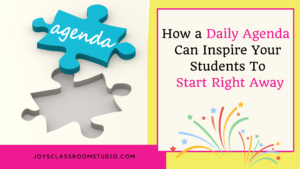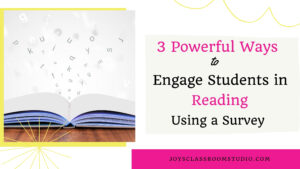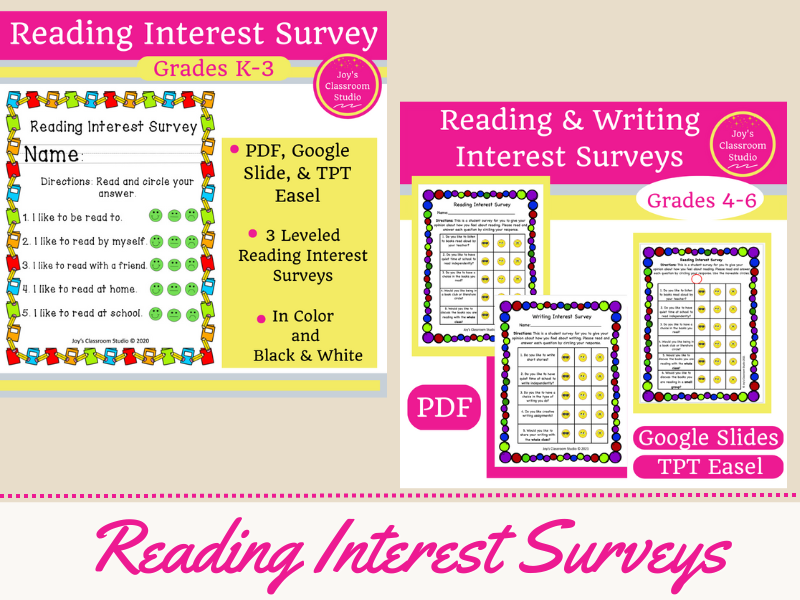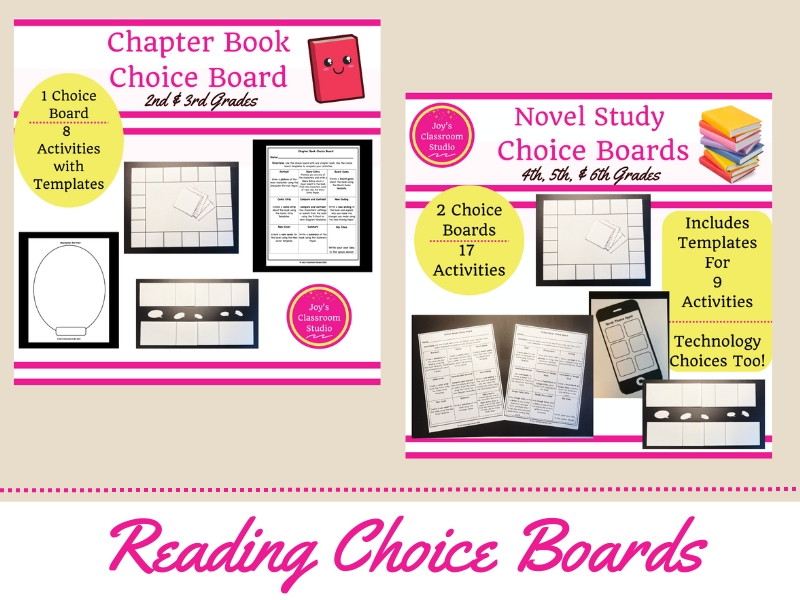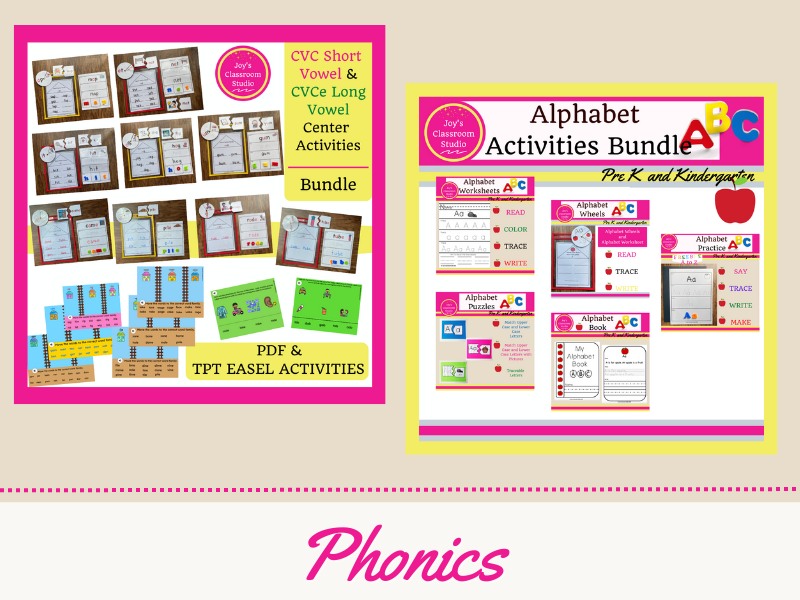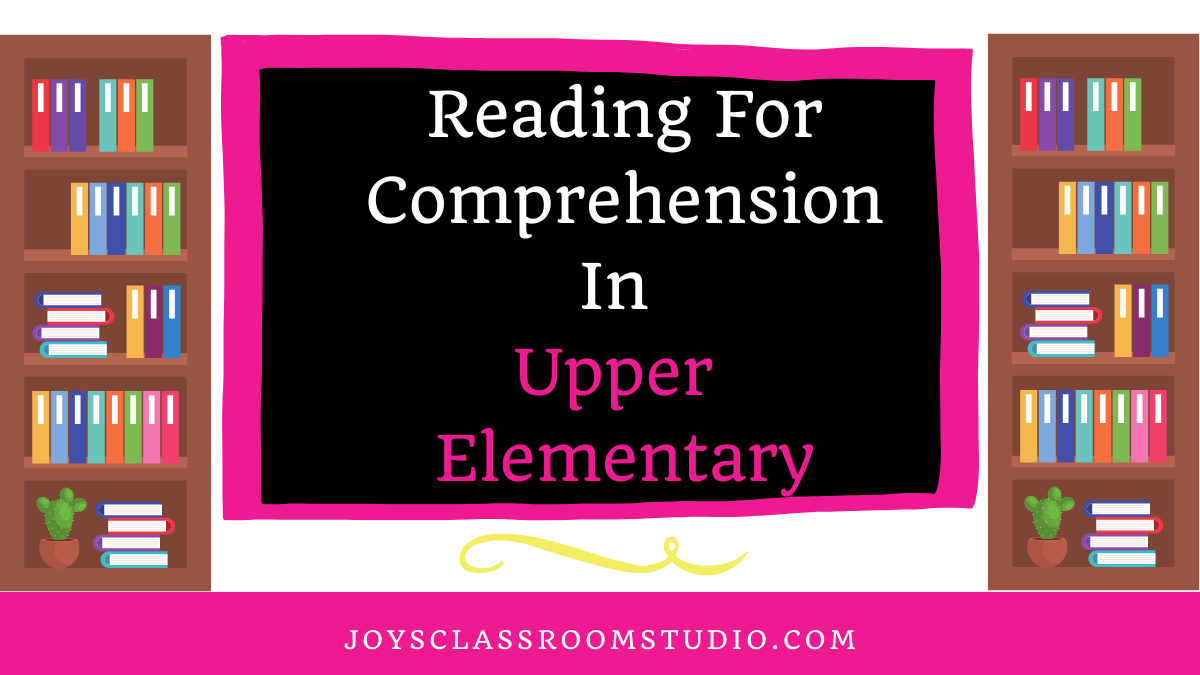
Introduction
We, teachers, know that reading for comprehension is important for students to be able to do in upper elementary. But how do we help our students learn how to do this while reading? Especially when they have to read a text they may not be interested in reading. Reading in upper elementary is different than reading in the primary grades. In the primary grades, students are focused on learning to read but in upper elementary, they are reading for comprehension.
In this blog post, I will talk about 3 reading strategies you can do to help your upper elementary students read for comprehension. I am using a question-and-answer format to discuss (1) highlighting while reading, (2) taking notes in the margin, and (3) interacting with the text while using a reading response journal.
#1 Highlighting
The Why?
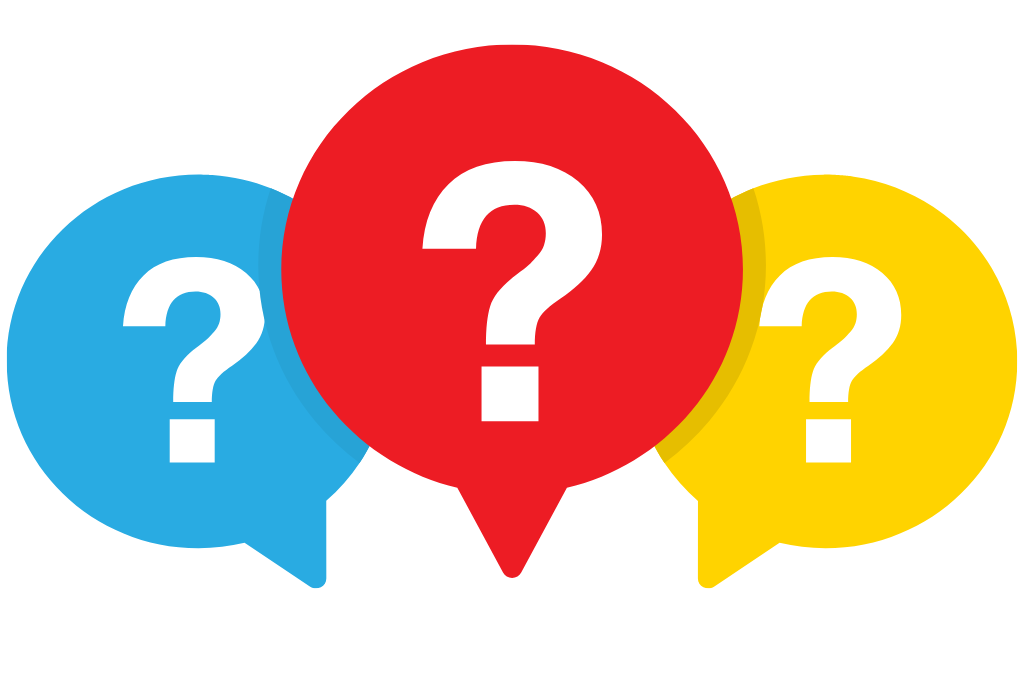
Q: Why have students highlight words and sentences while they are reading?
A: Teaching students to highlight while reading helps them to interact with the text. Students are reading for comprehension when they are actively reading. The more students interact with the text the better their understanding. Interacting with the text is imperative when reading about an unfamiliar topic. Highlighting gives students something to “search” for when reading. This can help them stay focused on the text.
The How?
Q: How do I start teaching students to highlight as they read so they are not highlighting every word? Are there specific colors they should use?
A: At the beginning of the school year, I start small with students when it comes to highlighting important information. I don’t want them to just highlight random words and concepts. And I also don’t want them to highlight everything! I want them to highlight meaningful information since they are reading for comprehension. I teach students to highlight the text the second time they read it and not the first time they are reading it. I do this because most students have a better understanding of the text the second time they have read it.
Students highlight the main idea in yellow. Highlight difficult words for them to read in green, and highlight important facts or key information in blue. The colors students use to highlight don’t matter. What matters is that they stay consistent, understand why they are highlighting information, and are able to refer to what they highlighted.
Print Vs. Digital
Q: What about highlighting print vs. highlighting digital text?
A: For print assignments, if students aren’t able to use highlighters they can “highlight” the main idea by putting a box around it. They can circle words that are difficult for them to read. And lastly, they can underline important facts or key information. If students have highlighters they can use the colors suggested above.
Be sure to teach students how to highlight with printed text as well as digital text. Many of the digital texts in various online programs have a variety of tools in place for student use. I teach students how to use the platform’s tools so they can highlight digital text. I keep the highlighting colors the same for digital text as the printed text.
#2 Taking Notes in the Margins
Q: How do I get started with showing students how to take notes in upper elementary?
A: It is important to teach students how to take notes in the margin of their printed text. To do this model your thinking and note taking using a text. Show students how to make notes in the margin of a printed text. Walk them through how they can write down their reactions, questions, and comments.
When it comes to digital, each platform may be slightly different. But I have found that many of them will have students type in their comments. Show students how to use the note-taking feature of the platform first. Once they understand how to use this tool, model your thinking on how you take notes.
Q: What kind of notes do students need to write when reading for comprehension?
A: I talk with students about taking notes about their thoughts, questions, and important information. Make sure you model for students by reading a text and showing them how to make notes. Make notes of your thoughts, questions, and important information as you read.
Examples
For example, if I am reading a text about popcorn I may say and make note of my thoughts about popcorn, “I like popcorn, I especially like popcorn that is sweet and salty!”, or “I wonder how they will make popcorn in this article”. I could also model a question by saying something like “What did people like to put on their popcorn when it was first invented?” Lastly, I could model how to write important information about popcorn. I could say “There are many ways to pop popcorn.” and then list the ways mentioned in the book.
I stress to my students that all of their thoughts and questions about the text are valid notes to make. At times, they may feel that their thoughts and questions are irrelevant. But students need to know it is actually helping them to interact with what they are reading.
Q: How can students use the notes they take?
A: Students can use their notes to answer questions, write a written response, or to review the text. Ultimately upper elementary students can use their notes to better help them comprehend what they have read.

#3 Interact With The Text Using a Reading Response Journal
Q: What is a reading response journal?
A: There are many different types of reading response journals with different formats. I will focus on the differentiated fiction and nonfiction reading response journals I created for fourth and fifth grade students.I designed the fiction and nonfiction journals to help students interact with the text while reading! I created 4 differentiated journals in one product. 2 journals are for students working below grade level. And 2 journals are for students working at or above grade levels. In each journal, students are able to learn about academic vocabulary as well as important standards-based elements. If you are looking for how to use a reading response journal in the primary classroom read my blog post Using Reading Response Journals in the Primary Classroom.
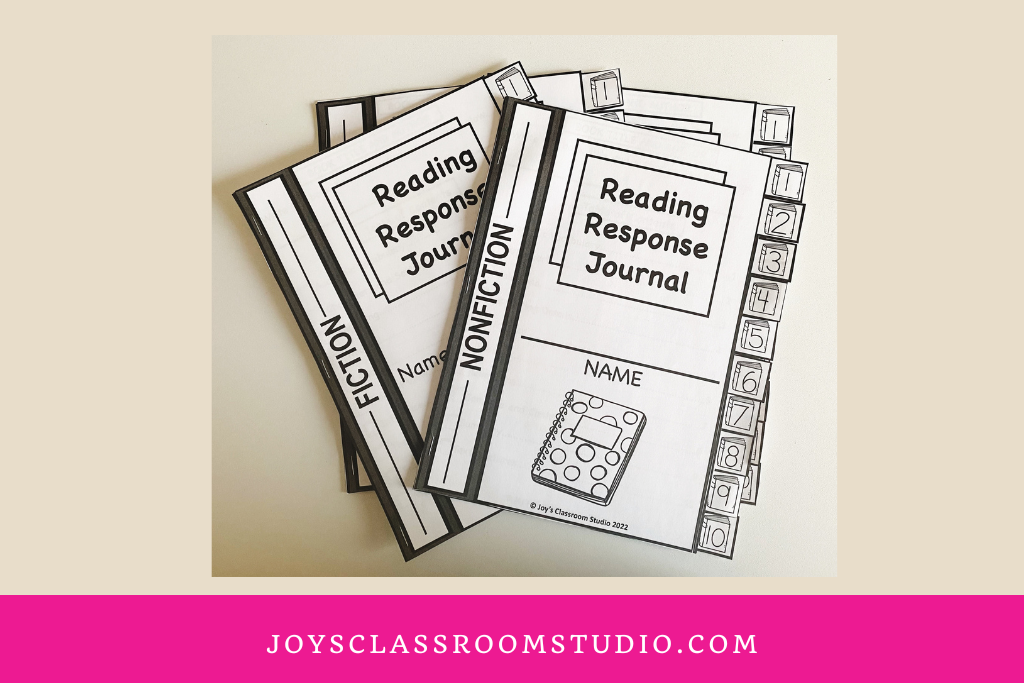
Q: How can I use a reading response journal in upper elementary to help with reading for comprehension for below-grade level students?
A: Fiction Reading Response Journal for Students Performing Below-Grade Level
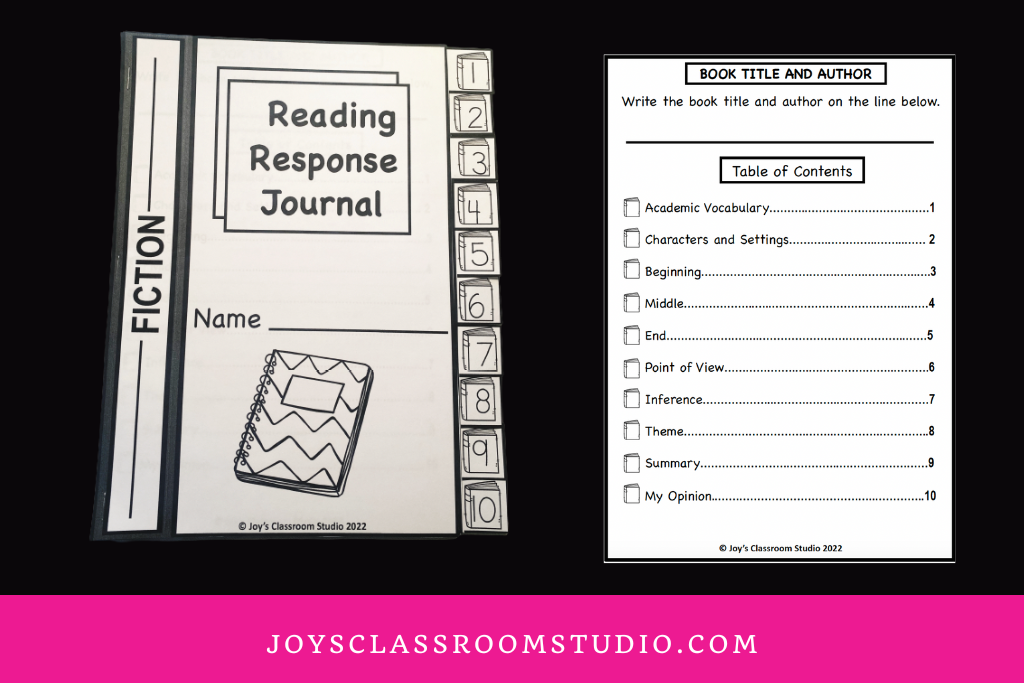
What’s Included…
First, in the fiction reading response journal, students have an academic vocabulary page with the words and definitions. The academic vocabulary page defines words like inference to help give students a better understanding of academic vocabulary words.
Next, the journal has a page where students can describe characters and settings and give details and supporting evidence about them from the text. Identifying the characters and settings is important in helping students comprehend the text.
Then students have 3 pages dedicated to writing about the beginning, middle, and ending of the story. Students are asked to refer to details and examples from the book to support their writing. Students are to then discuss in writing the point of view, inference, and theme. Often times students find these elements to be challenging. However, they are key to students’ understanding of the text they are reading.
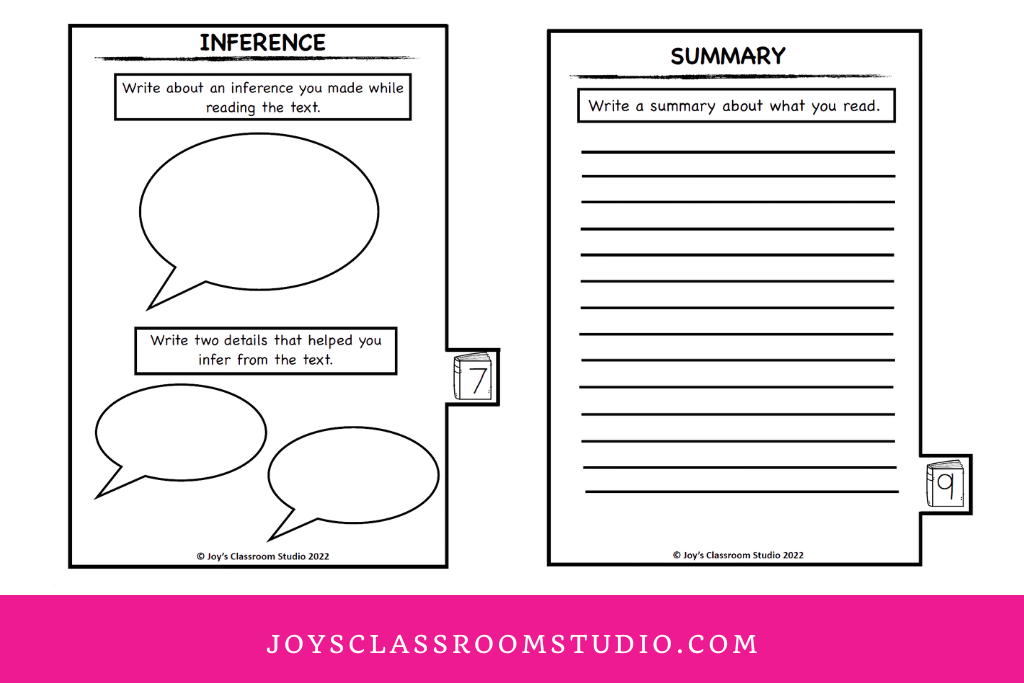
Lastly, students are to write a summary of what they read and then on the last page of the journal, give their opinion about what they read. Writing a summary will help students review what they just read. While giving their opinion will help them further interact with the text.
A: Nonfiction Reading Response Journal for Below-Grade Level Students
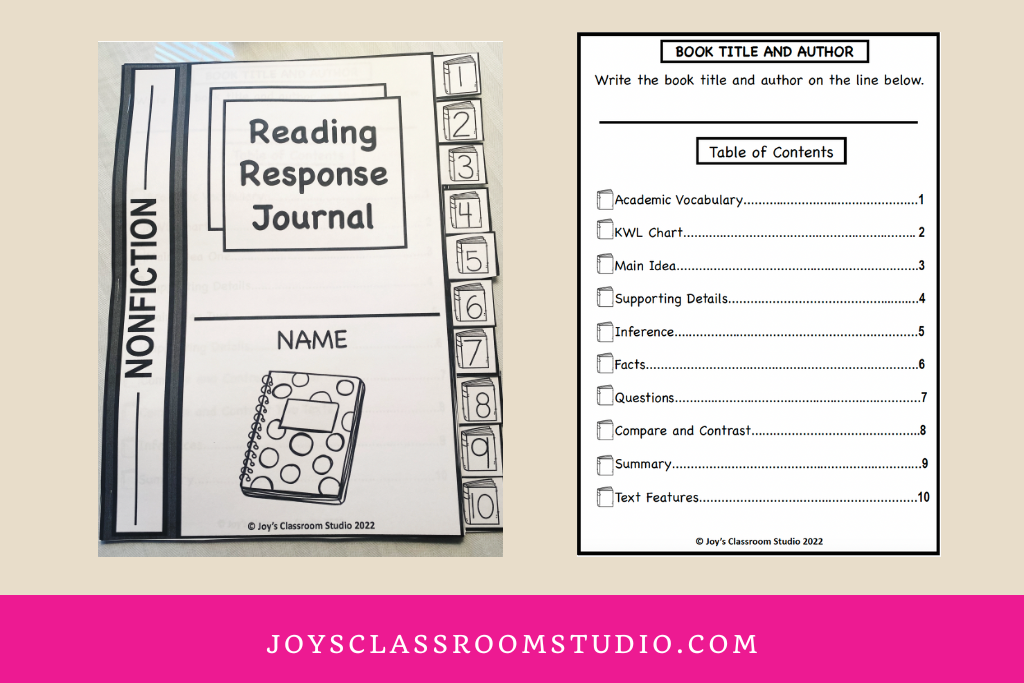
What’s Included…
First, in the nonfiction reading response journal, students also have an academic vocabulary page with the words and definitions.
Next, they have a page where they can complete a KWL chart. This helps them identify what they know, what they want to know, and what they have learned. Then students have 2 pages dedicated to identifying the main idea and supporting details.

Students are to then discuss in writing their inferences, identify facts, and ask questions.
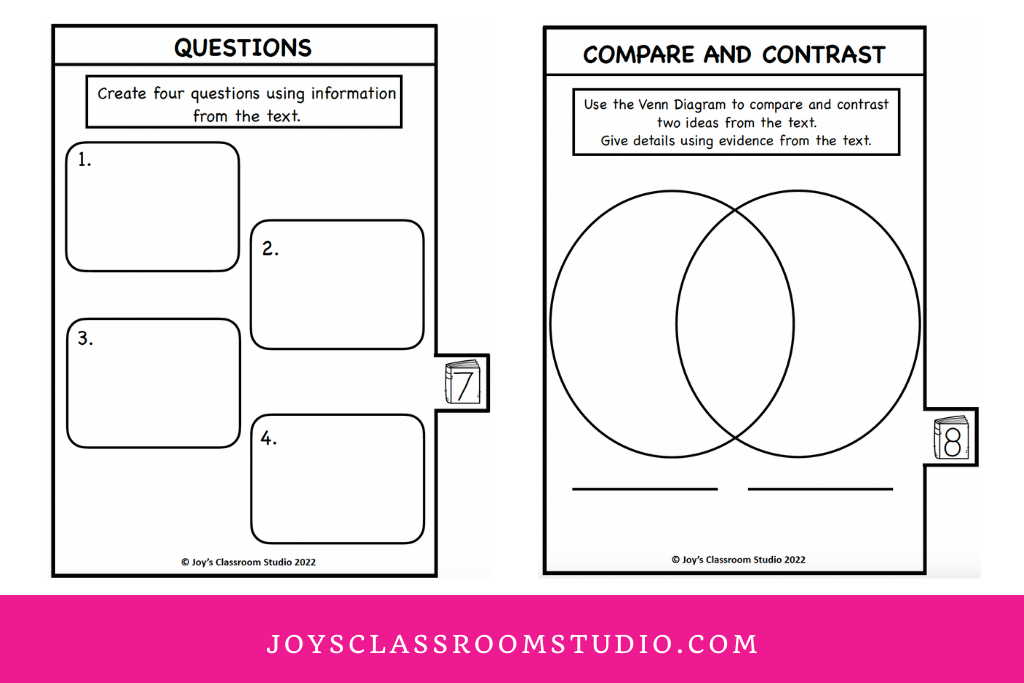
Lastly, students are to compare and contrast two ideas from the text, write a summary, and identify the text features in the book they just read.
Q: How can I use a reading response journal with students performing at and above grade level?
A: Fiction Reading Response Journal for Students Performing At and Above Grade Level
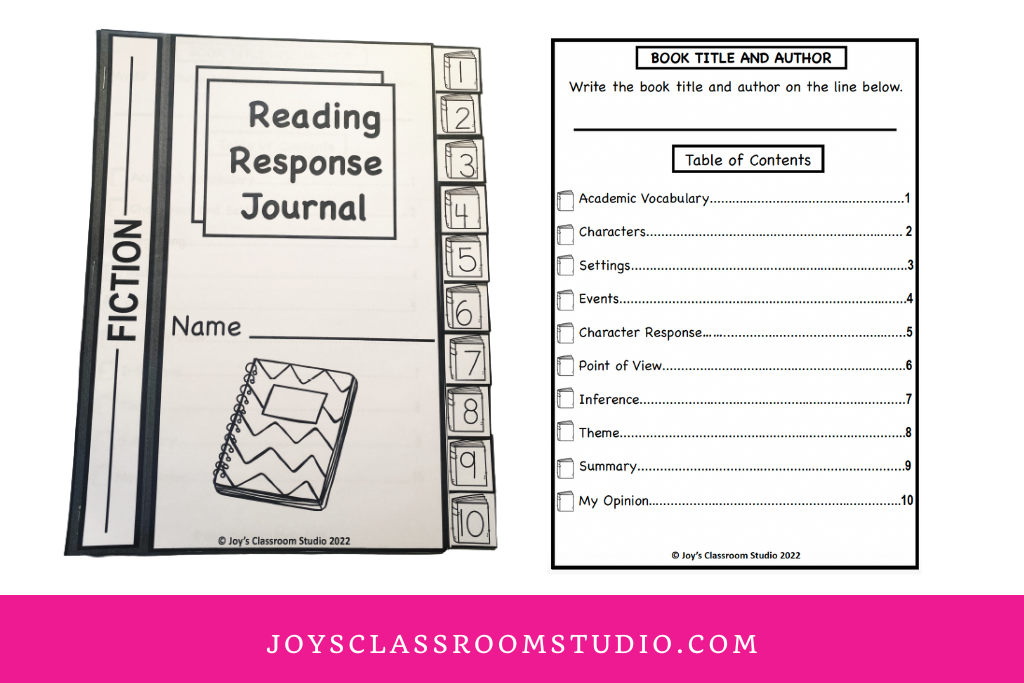
What’s Included…
First, in the fiction reading response journal, students have an academic vocabulary page with the words and definitions.
Next, they have 3 pages where they can compare and contrast two characters, settings, and events while giving details and evidence from the text.Then students are to respond in writing to how a character responds to a challenge or challenges over time. This helps students understand plot development.
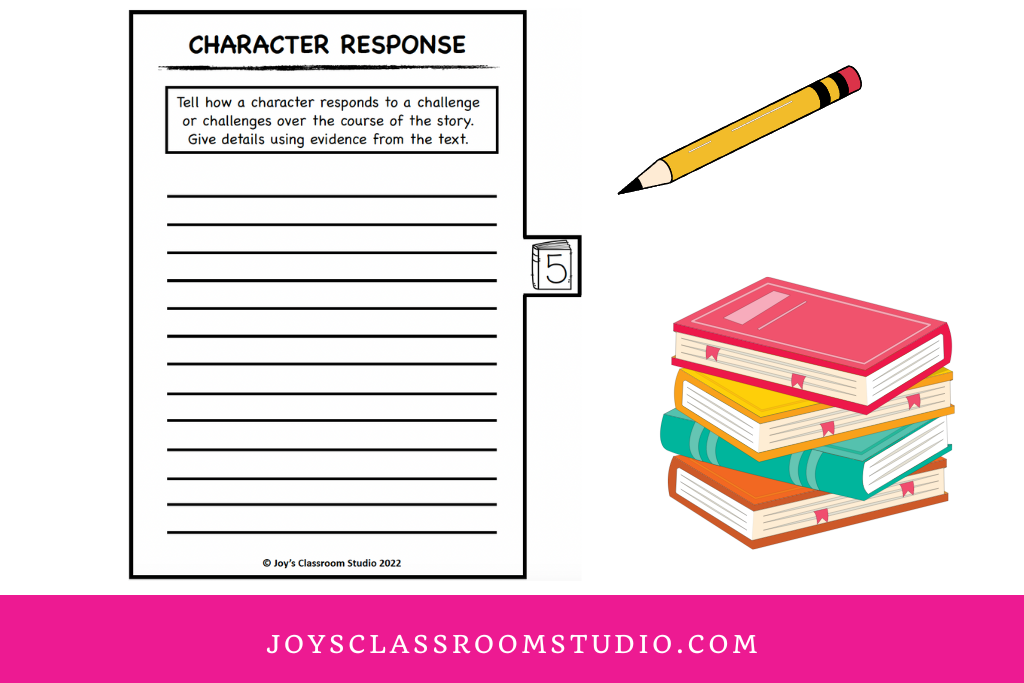
Students are to then discuss in writing the point of view, inference, and theme.
Lastly, students are to write a summary of what they read. On the last page of the journal, they are to give their opinion about what they read.
A: Nonfiction Reading Response Journal for At and Above Grade Level Students
This reading response journal is great to help students use multiple texts on the same subject matter.
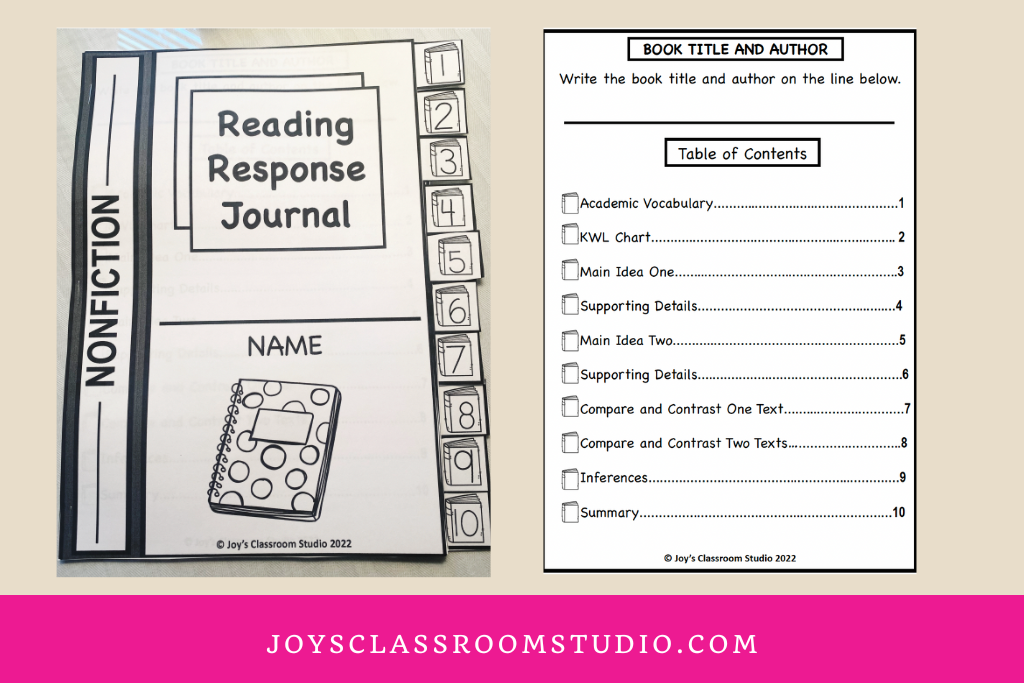
What’s Included…
First, in the nonfiction reading response journal, students also have an academic vocabulary page with the words and definitions.
Next, they have 4 pages where they are to identify more than one main idea and identify the supporting details for each main idea.
Then students have 2 pages dedicated to comparing and contrasting two ideas or concepts from the same book. As well as comparing and contrasting two ideas or concepts from two books on the same topic. Students are to give details using evidence from the text, for both.
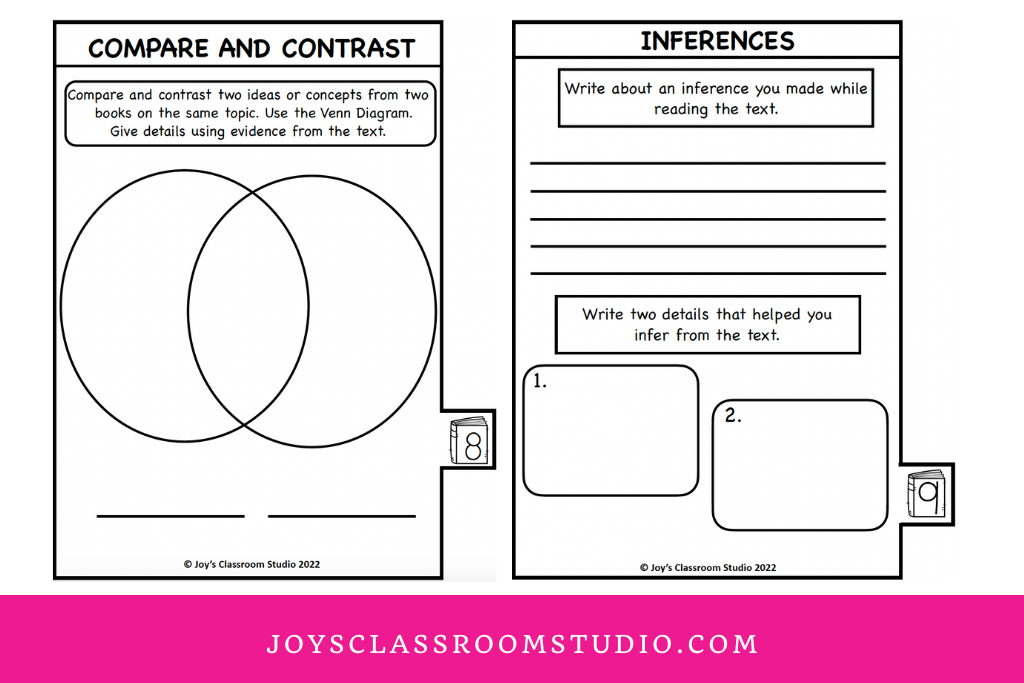
Students are then to write an inference they made and support what they wrote by writing two details that helped them make that inference.
Lastly, students are to write a summary of the main text they were reading.
Conclusion
Reading for comprehension in upper elementary is important for students to do while reading. As teachers, it is important for us to help guide our students in understanding how to read for comprehension. We can do this by teaching our students reading strategies. Remember there are many reading strategies available for students to use and not all students will use the same strategy. The key is to provide them with a variety of reading strategies that they can use and find what works best for them! If you are interested in purchasing the reading response journal highlighted in this blog post it can be found here, in my TPT store.

